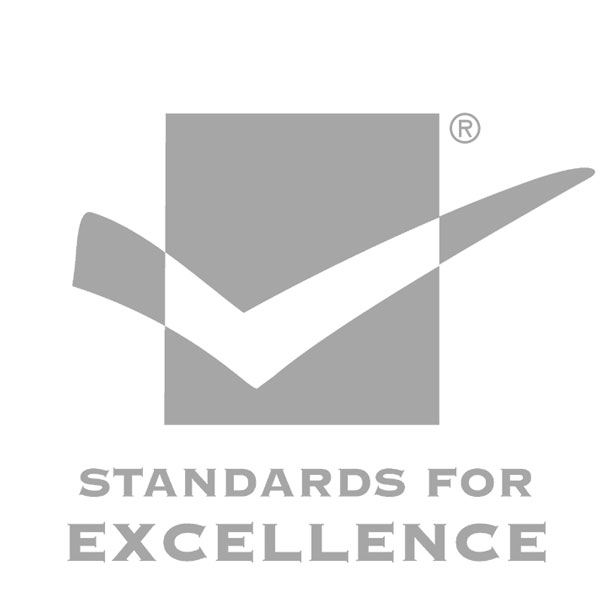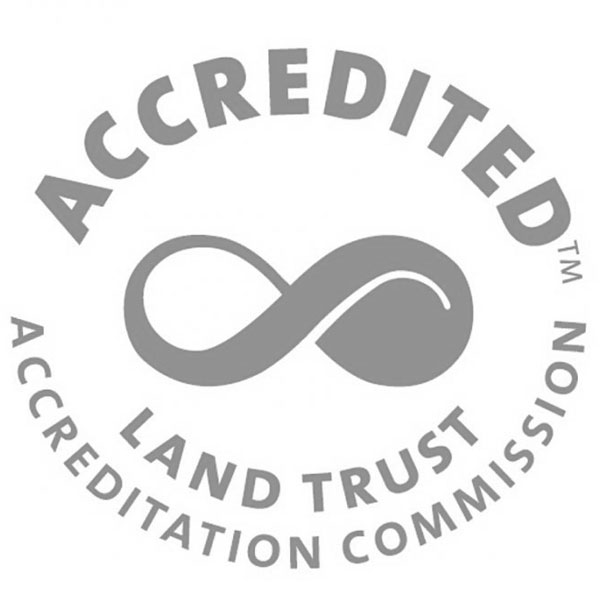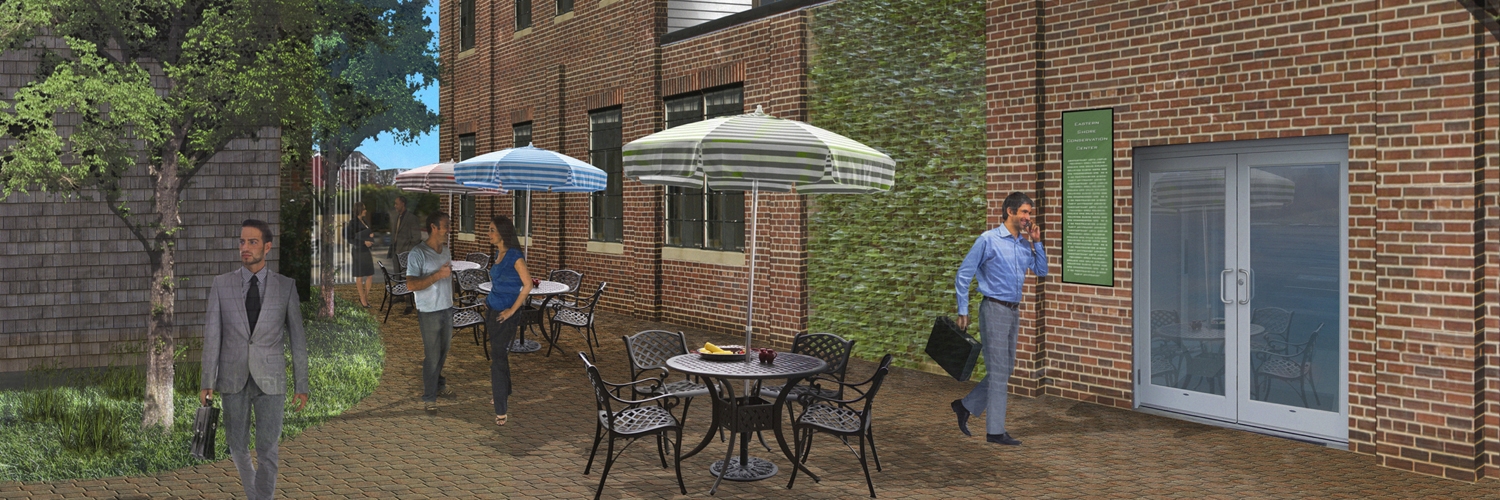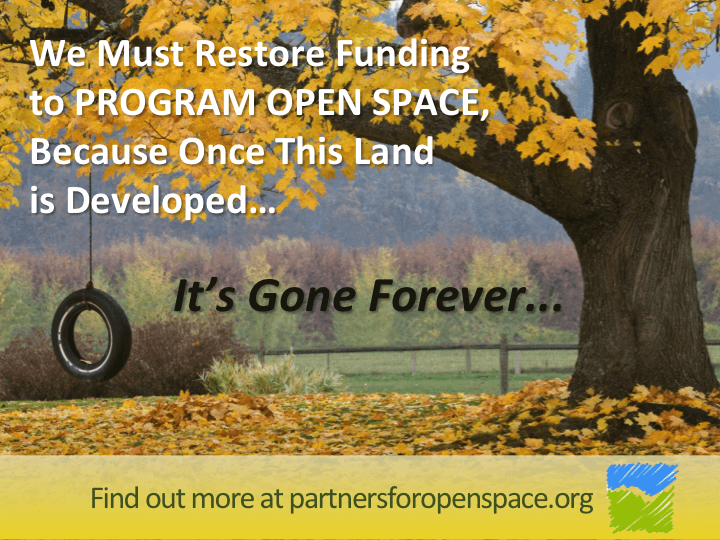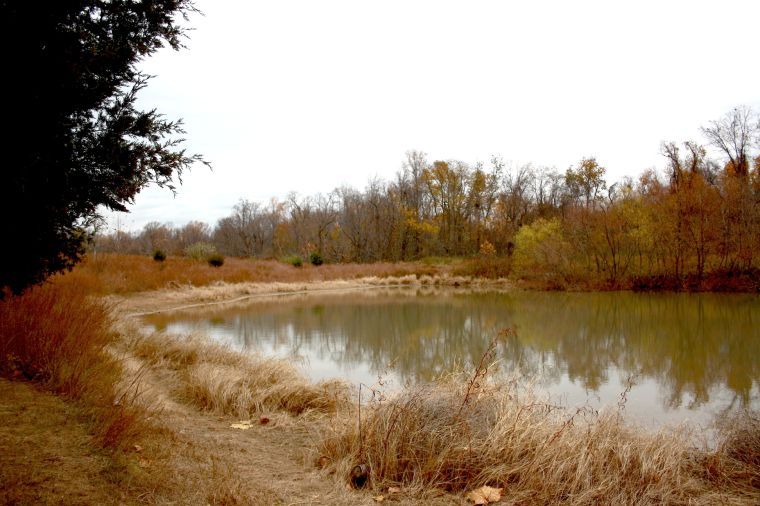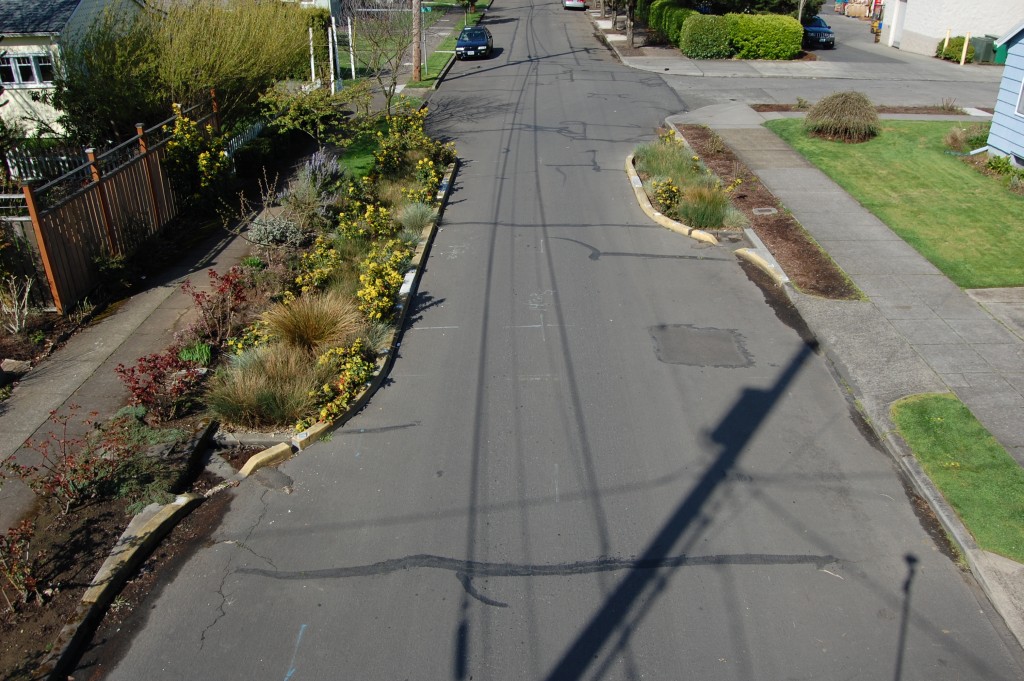We’re Accredited!
QUEENSTOWN – Eastern Shore Land Conservancy this week received land trust accreditation from the Land Trust Accreditation Commission, an independent program of the Land Trust Alliance. “Since our founding, Eastern Shore Land Conservancy has demanded of itself the highest standards of ethics and accountability,” said ESLC Executive Director Robert J. Etgen. “This is critical for a nonprofit using public donations and for a land trust permanently stewarding family lands. Becoming an Accredited Land Trust makes this long term commitment official – we passed the test that has become the gold standard for ethics and accountability for land trusts. Congratulations to our members for supporting ESLC, and many thanks to the Accreditation Commission for your dedication and thorough review.” ESLC was founded in 1990 as a result of widespread concern that the Eastern Shore’s important wildlife habitat and prime farmland were being consumed by sprawling development. The decision was made by the founders to preserve land on Maryland’s Eastern Shore to keep prime farmland in agriculture, to protect unique natural areas, and to perpetually monitor preserved lands. ESLC helps private landowners explore and implement various preservation options. To date, ESLC has helped to protect more than 55,000 acres with easements on 275 properties, the creation of three preserves, and assistance protecting another 16 properties. It is one of the most successful land trusts in the country. Eastern Shore Land Conservancy was awarded accreditation this February and is one of 254 accredited land trusts from across the country and is among the first accredited Maryland-based trusts. Accredited land trusts are authorized to display a seal indicating to the public that they meet national standards for excellence, uphold the public trust and ensure land is protected in perpetuity. The seal is a mark of distinction in land conservation. “This round of accreditation decisions represents another significant milestone for the

